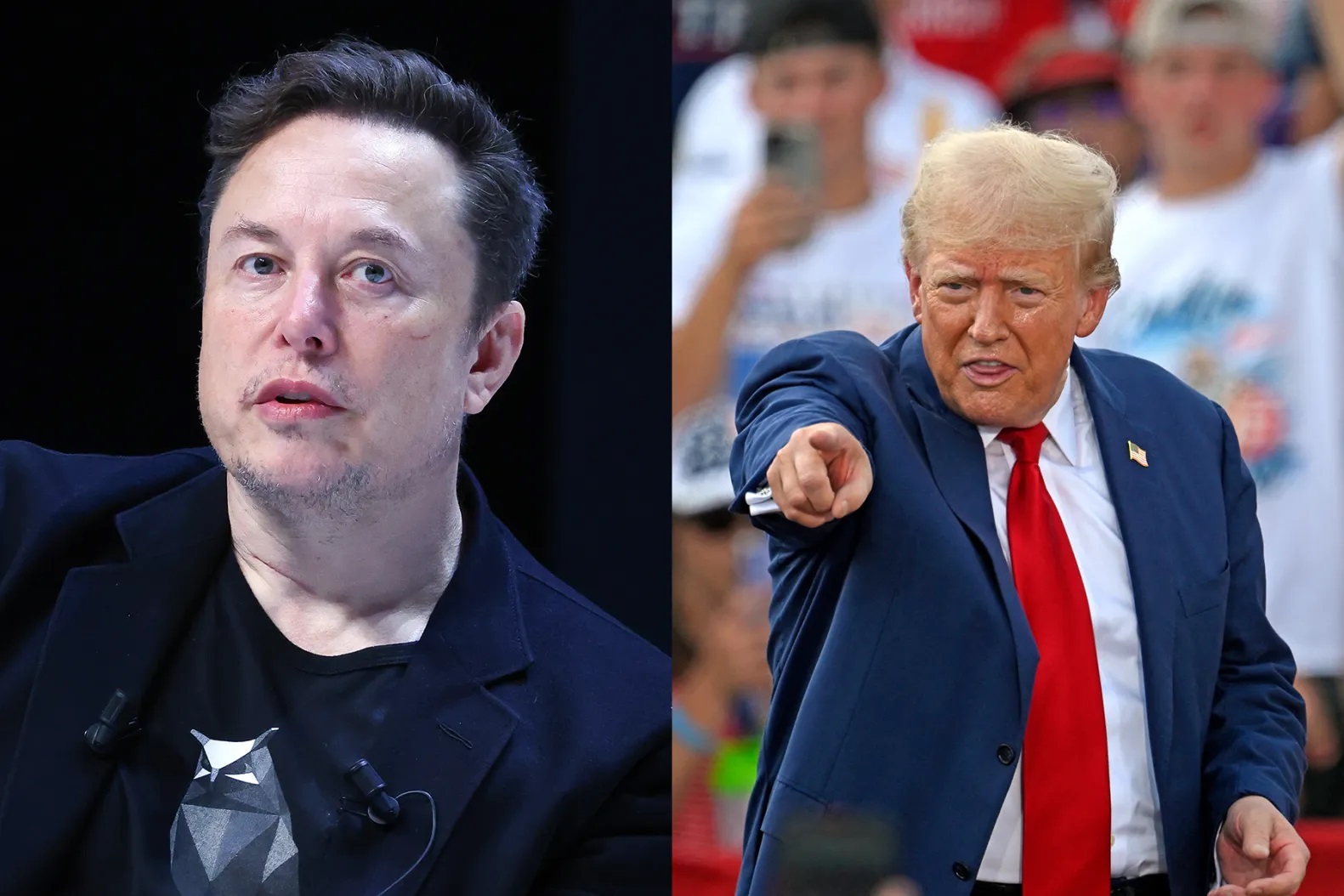Intel to Lay Off 20% of Workforce in Major Restructuring
Intel, the beleaguered chip manufacturer, is set to announce a significant restructuring plan this week, which includes laying off more than 20% of its workforce. This move is part of a broader effort to streamline management and rebuild an engineering-driven culture within the company. The decision comes as the new CEO, Lip-Bu Tan, who took over last month, aims to address the company's challenges and improve its operational efficiency.
This latest round of layoffs follows a previous reduction of approximately 15,000 jobs last year. As of the end of 2024, intel had 108,900 employees, down from 124,800 the previous year. The company's decision to cut a substantial portion of its workforce underscores the severity of the challenges it faces in the competitive semiconductor industry. The layoffs are expected to impact various departments, with a focus on eliminating bureaucratic inefficiencies and fostering a more agile and innovative work environment.
The restructuring plan is seen as a critical step for Intel to regain its competitive edge in the rapidly evolving technology landscape. By reducing its workforce, the company aims to cut costs and redirect resources towards research and development, innovation, and strategic initiatives. This move is also expected to help Intel better align its operations with market demands and technological advancements, positioning it for future growth and success.
The announcement of the layoffs comes at a time when the semiconductor industry is experiencing significant shifts, driven by advancements in artificial intelligence, 5G technology, and the increasing demand for high-performance computing solutions. Intel's decision to streamline its operations and focus on core competencies reflects its commitment to staying ahead of these trends and maintaining its leadership position in the market.
As Intel navigates through this challenging period, the company's leadership is likely to face scrutiny from investors, employees, and industry analysts. The success of the restructuring plan will depend on how effectively Intel can implement the changes and adapt to the evolving market dynamics. The company's ability to innovate and deliver cutting-edge technologies will be crucial in determining its long-term viability and competitiveness in the global semiconductor industry.




_e45148e31749146201654.jpeg)






